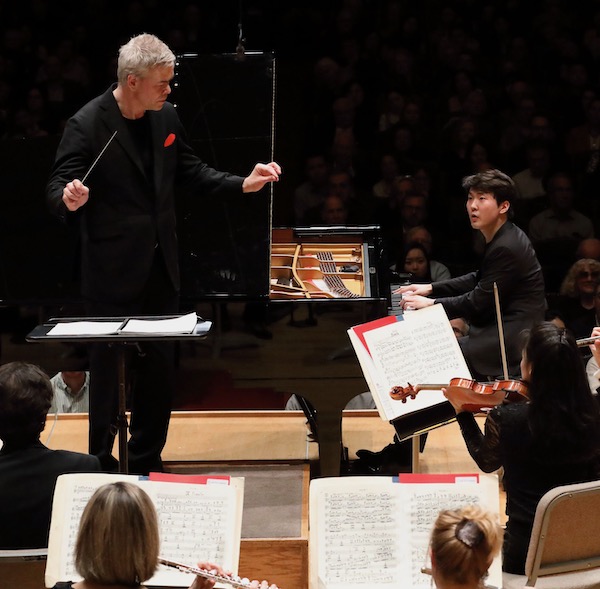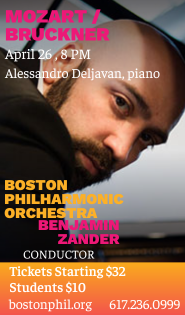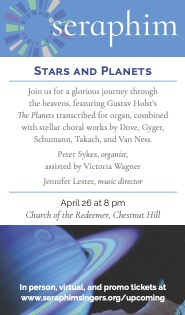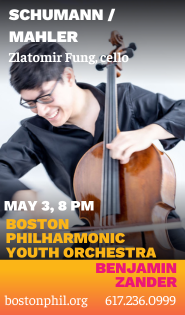Northern lights shine with Lintu leading BSO in Sibelius and Prokofiev

With musical director Andris Nelsons taking the night off, the Boston Symphony Orchestra was in good guest hands Wednesday at Symphony Hall, courtesy of conductor Hannu Lintu.
In his second turn with BSO, Lintu demonstrated why he was invited back, leading thoughtful performances of Sibelius’s Symphony No. 2., a beloved work by his country’s best-known composer, and Prokofiev’s challenging Piano Concerto No. 2, with soloist Seong-Jin Cho in his BSO debut. Despite the relative newness of this three-way partnership, conductor, soloist and orchestra clicked like longtime collaborators.
Lintu, music director of the Finnish Radio Symphony Orchestra, highlighted the abundance of melodies and rich colors throughout Sibelius’s symphony. He shaped the introductory Allegretto’s motifs into subtly differentiated waves with space between each statement. This technique spotlighted the composer’s lyrical inventiveness while allowing the main theme to emerge gradually and satisfyingly. The conductor stepped back in the second movement to let its outbursts and calmer asides hang in the air like stark declarations.
He pushed the third movement subtly, and the BSO’s mass and momentum built into the climactic Finale: Allegro Moderato. For this conclusion, Sibelius’s melodic materials materialized closer together, both resolving the tension and telling a story of unification. Lintu’s pacing and balance also opened up the orchestra’s depth of sound. Highlights included Thomas Rolfs’s melancholy yet still majestic lead trumpet in the Andante, bucolic woodwinds in the Vivacissimo, and strings proudly singing the finale’s triumphant melody.
Lintu’s attention to detail and the BSO’s vivid palette combined with Cho’s confident pianism in Prokofiev’s second piano concerto. This difficult work was written to showcase the composer’s virtuosity while he was still a student at the St. Petersburg Conservatory. The young soloist’s own superb technique—and restrain—was on display Wednesday night. The concerto also includes imaginative scoring, which Lintu, Cho, and the BSO fashioned into a true ensemble experience amidst all the solos.
Cho began the first movement with clear, expansive delivery of Prokofiev’s tender lines. He was assured in big booming moments and flashy runs, yet his extended cadenza was refreshingly reflective. Lucid phrases and sonorous chords created a cohesive inner monologue.
Lintu, for his part, brought out the vigorous counterpoint around Cho and, when called for, subtly emphasized the orchestra’s softer murmurings underneath the soloist. In the second movement Scherzo, a range of orchestral dynamics provided different lenses onto the piano’s nonstop sixteenth notes.
Giggling chromatic clarinets and snarling lower brass created a half-comic, half-sinister air in the marching Intermezzo, with Lintu shaping the rhythm so that ensemble parts spurred as well as supported Cho. The pianist’s crisp cascades, over a gangly, left-handed “oom-pah” figure, added to the movement’s sense of exaggerated menace.
Rather than pounding out the Finale, Lintu created something insightful as well as powerful. The chase between ensemble and soloist was airtight. A tranquil interlude by woodwinds and violas was buoyant as well as resonant. Another introspective extended cadenza emerged as a contemplative narrative — even as Cho’s crossed hands and nuanced phrasing still impressed on purely technical grounds.
By then the musicians had built enough artful tension to simply let go and race into a loud, fast finish. Three curtain calls from a grateful audience inspired a tastefully luxuriant solo encore from Cho: Debussy’s “La fille aux cheveux de lin” (“The girl with the flaxen hair”).
Wednesday night also included Anna Thorvaldsdottir’s Microcosmos. In the concert booklet, the Icelandic composer alludes to a journey through a black hole. Except for a three-note motif creeping in toward the end, Microcosmos is a mostly static exploration of texture and affect. It’s filled with disquieting brass pedals, closely voiced dissonances, pitch-bending glissandos, and a panoply of gongs, tam-tams, and bass drums.
The BSO percussion did get a chance to briefly shine with some exciting syncopated drumming, and Lintu sensitively balanced the often crushing atmosphere. He let all the parts shine through the dense darkness, even when there wasn’t much for them to say once they got out. Less a depiction of total chaos, the work instead offered calculated disturbance.
The program will be repeated 1:30 p.m. Friday and 8 p.m. Saturday at Symphony Hall. bso.org; 888-266-1200
Posted in Performances



